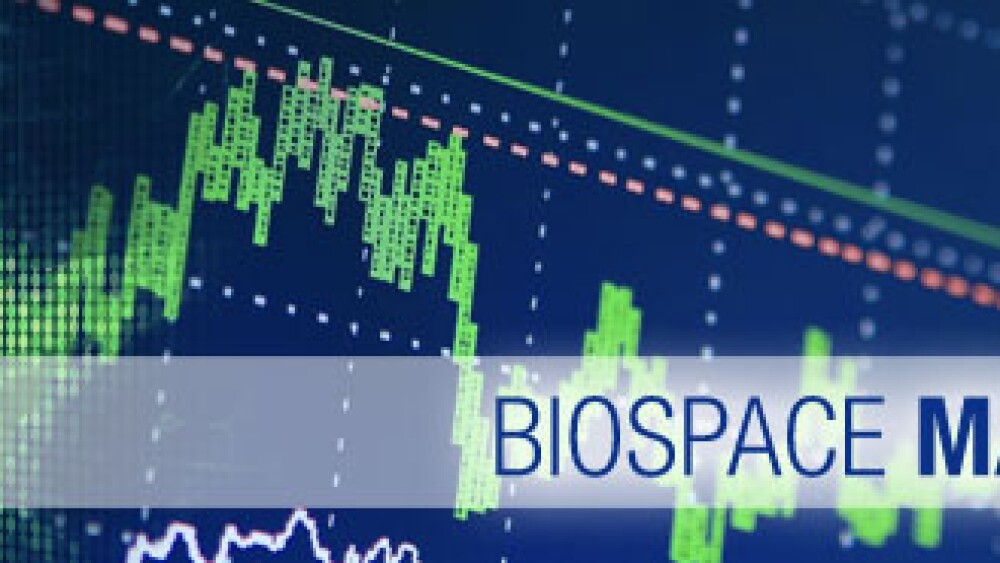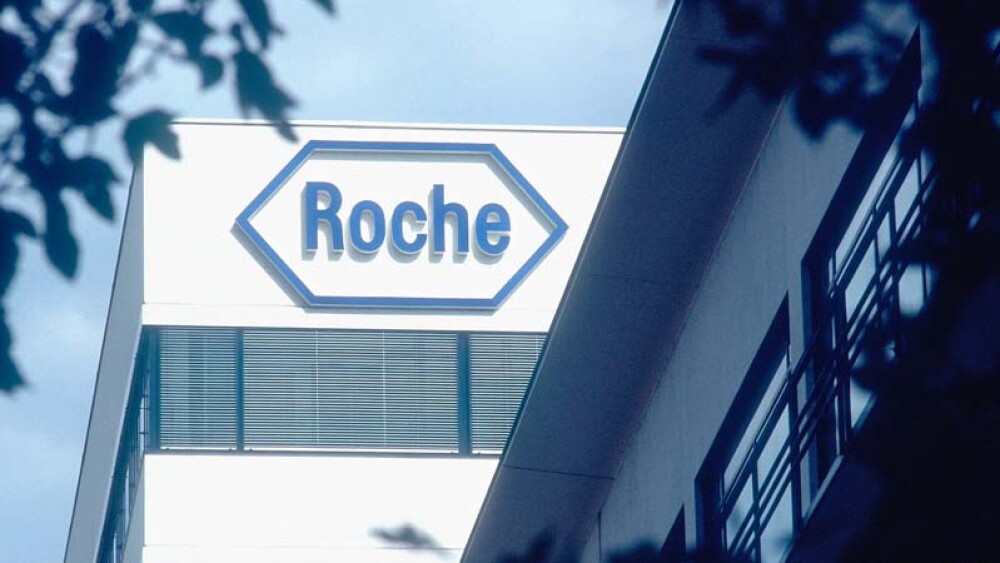October 23, 2014
By Riley McDermid, BioSpace.com Breaking News Sr. Editor
Beleaguered biopharma Ocera Therapeutics, Inc. may have had a rough year in which its stock fell almost 70 percent but it is finally showing some promise in its drug pipeline for investors that have hung in there with the company, an analyst for Cowen and Co. said Thursday.
A chain of events including clinical trial failures, massive shorting of the stock and significant dilution of its value have all push Ocera’s share price to $5.32, or about a 60 percent drop from this time last year. At its lowest point earlier this year, Ocera was sitting at an almost 70 percent low—which, although it clobbered the company’s value, could actually be good news for investors.
Ritu Baral, a biotech analyst for Cowen, wrote in a research note today that Ocera’s new therapy for acute hepatic encephalopathy could potentially pull the firm up out of the doldrums and back into some serious market share.
Its therapy, IV-OCR-002, is being developed for acute hepatic encephalopathy (HE), which can quickly progress to coma, brain herniation and death if not treated immediately. It is widely accepted that liver failure causes the hyperammonemia which is the root cause of acute HE. Currently, the only approved drug for acute HE is lactulose which can only be delivered orally or via enema, less than ideal for stuperous or comatose West Haven 3 or 4 HE patients. ”
“Thus, a direct, systemically acting ammonia scavenger such as IVOCR- 002 would fill an unmet medical need. Because acute HE typically occurs in the setting of cirrhosis, the prevalence of acute HE is expected to continue rising in line with the prevalence of obesity (NAFLD/NASH),” wrote Baral.
“Our conservative estimates yield U.S. peak sales for IV-OCR-002 of $330 million. Oral OCR-002 is currently being formulated and is promising but we do not add this to our valuation as it has yet to enter the clinic.”
The fact that the drug fills such a specific market niche and has few competitors means significant upside could be realized for Ocera investors. Baral said Cowen sees peak market share of about 33 percent amongst in-patient HE hospitalizations.
“We expect the therapy will be used extensively in patients with the most severe West Haven 3 or 4 HE cases that require rapid and intense ammonia reduction, and believe ‘002 will likely be used together with SOC lactulose and even background rifaximin (often not discontinued during overt HE episodes),” she concluded. “We think Ocera will receive robust US pricing that will confer a price of [around] $6,000 for an average course of treatment.”





